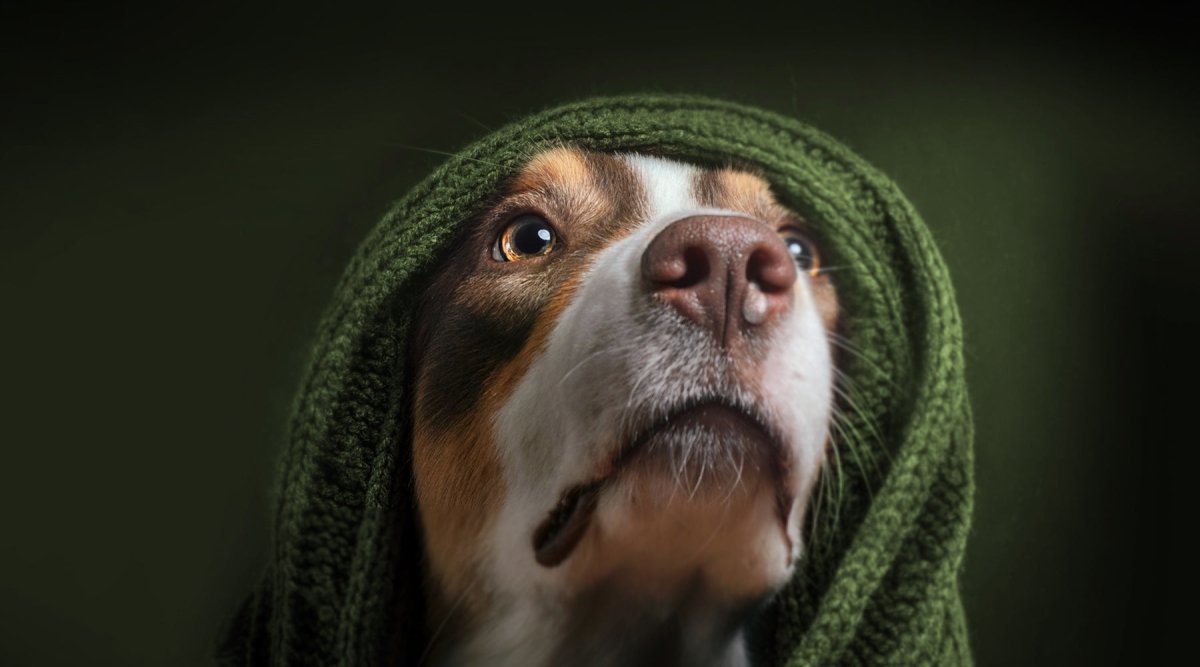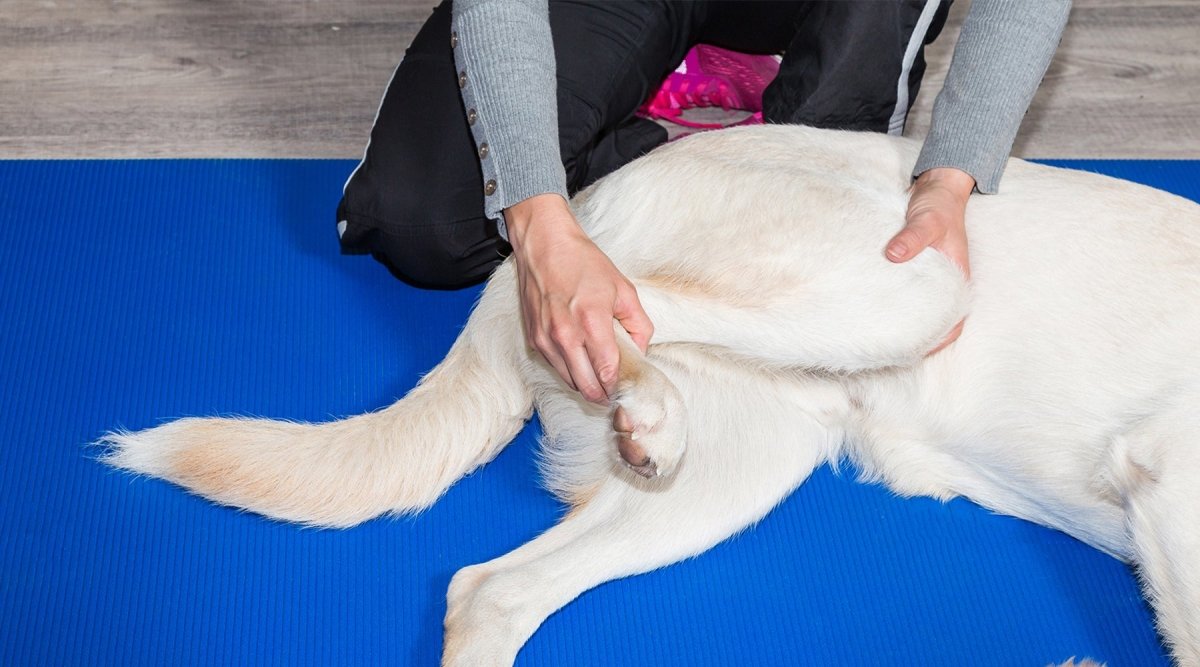Dogs and cats can be kept together in the same household. Patience and certain tricks can make living together easier.
Dogs and cats are among the most popular pets in German households. Some animal lovers therefore want to live with both. However, it can sometimes be quite difficult for dogs and cats to get along, but they are often one heart and one soul. With a lot of patience and a bit of luck, dogs and cats can live together in harmony. First, however, the ice must be broken between these different creatures. Once the two animals are united, they will live in harmony and the dog and cat will be a real enrichment for people. You have to get the animals used to each other, overcome a few obstacles and proceed with sensitivity, caution and sensitivity. There are tricks to make the settling-in period much easier for dogs and cats.
Keeping dog and cat together
Anyone who has decided to keep a dog and cat together in the same household must first consider which of the two animals was in the household first. The natural instinct of animals is to defend their own territory. If an animal is already part of the household and the dog or cat joins later, extreme caution and tact must be exercised. As soon as the newcomer enters the house unexpectedly, this causes confusion for both dog and cat. This means considerable emotional stress for both dog and cat, which must be minimized at all costs. It is therefore important to get the two animals used to each other slowly and not to open the door straight away, as excessive demands also mean withdrawal. This should be avoided so as not to harm the animal emotionally. There is always a certain risk involved in rehoming. Especially if there is already a cat living in the household and the new roommate, a dog, joins the household. One thing must never be forgotten: Dogs and cats are not only very different in nature, but also in their needs. This causes problems, at least initially, because both animals have to learn to accept the habits of the other. The four-legged friend on dog paws for example, generally has a lot of temperament, is impetuous and often even wild. It is also usually considerably larger than the cat. This intimidates the rather calm animal on velvet paws. The dog also has an innate hunting instinct and may want to chase a small cat. So keep the new dog on a lead inside the house at first so that the cat doesn't flee straight away. This is extremely important, because once a deep aversion has developed between dog and cat, it is almost impossible to reverse. A cat that is physically inferior in size understandably feels threatened by a dog at first. Its natural flight reflex kicks in. It wants to flee from the threat. It is essential that you keep an escape route open for the cat. This may well be an open room door so that it can get to safety under the bed or sofa. An elevated place, such as a tiled stove, on which it can jump is also possible. In this situation, the dog must never be able to reach the place of safety chosen by the cat. A few moments are sufficient for the first encounter between dog and cat. If the two animals can see and smell each other from a distance, that is enough to start with. If the dog and cat behave in an exemplary manner when they first meet, they should of course be rewarded with snacks rewarded with snacks or special cuddles.
Tactically get dog and cat used to each other
If you want to unite dogs and cats in the same household, it is advisable to proceed tactically. The future cohabitation under one roof should be carefully planned and proceed step by step. Spatial separation, at least for the beginning of the new shared home, makes perfect sense. This will prevent possible overreactions and the necessary calming down avoided. The cat's feeding place, sleeping place and litter tray should not be accessible to the dog. It is not advisable to initially feed the dog and cat together in order to avoid rivalry. These initial measures to get the dog and cat used to each other serve to familiarize both animals with the scent of the other. It is tactically clever to swap the blankets of your beloved pets with each other to test their reactions to each other's scents. Some animals react with interest, others with rejection or ignorance. In the worst case scenario, the dog and cat temporarily leave their usual sleeping place or even give it up completely. During the acclimatization period, the household should be kept quiet, as noisy children, hectic activity or other unusual occurrences, such as visitors, contribute significantly to aggravating the overall situation for dog and cat. During the acclimatization period, focus only on the animals. Dog and cat will love the undivided attention. The insecure newcomer in particular will feel welcome in his new family. Playing with the animals and caressing them is the right tactic to defuse the unfamiliar situation. A helpful tip is to take the dog for long walks. He can let off steam outdoors and when he comes back, he is probably too tired to chase the cat. The sooner dogs and cats get to know the habits of their animal companions, the quicker they will accept them.

Spatial encounter of dog and cat
The first physical meeting of dog and cat should take place in a relaxed atmosphere. Take enough time for this and behave as you normally would. The dog must learn that it must not chase its roommate under any circumstances. It is also advisable to keep the dog on a lead when you first bring them together to avoid any possible overreactions. If the dog behaves too boisterously, put a muzzle on it as a precaution. An adequate escape route for the cat in the form of a high cat tree must also be created. The smaller cat in particular needs a feeling of security. A few minutes are sufficient for the first meeting, which you can then gradually extend. Two people are ideal for the first meeting. Each person should look after one animal in order to keep jealousy at bay. Like children, dogs and cats also vie for the care and attention of their caregivers. With new family members, they fear the undivided attention of their "parents". Animals also have to learn to share their caregivers with other household members. Dogs are pack animals, so they love company. Cats need their space and are therefore less sociable. If the cat can leave the house through a cat flap, the stress situation with the barking roommate is less. Once she starts to accept him, she will be happy to come back. If your dog and cat don't get on well together, please don't blame yourself. As with us humans, the chemistry between dog and cat has to be right. However, many animals live together in harmony as one heart and one soul. This is a great enrichment for all members of an animal-loving family.



